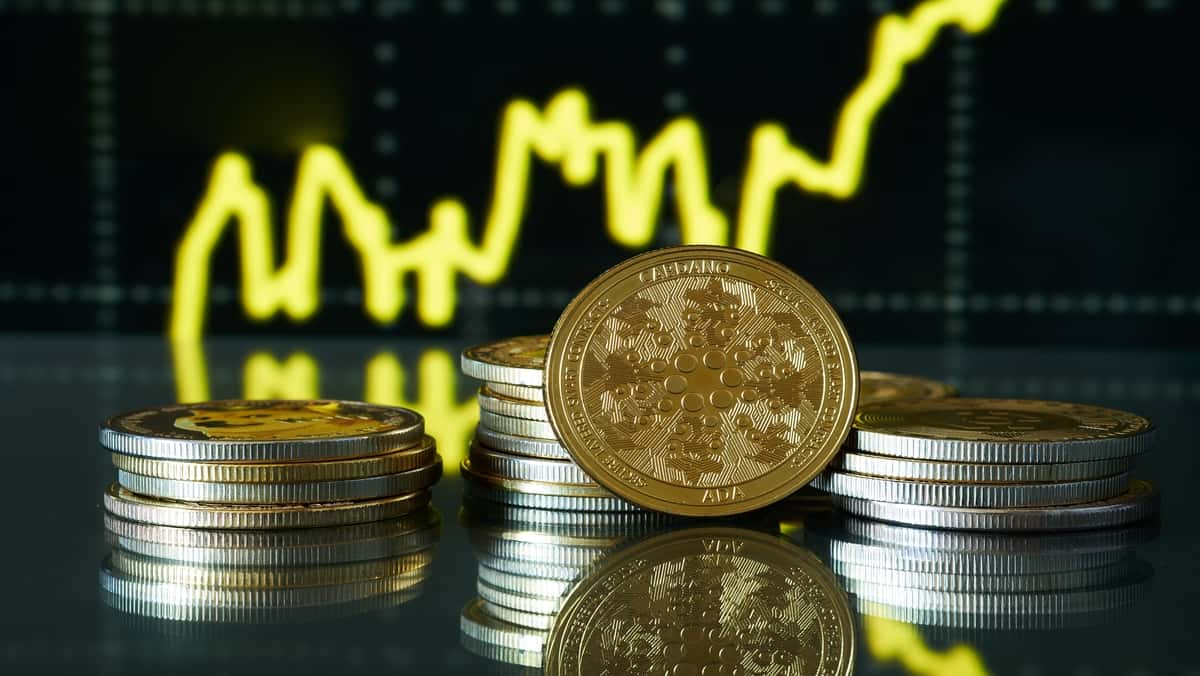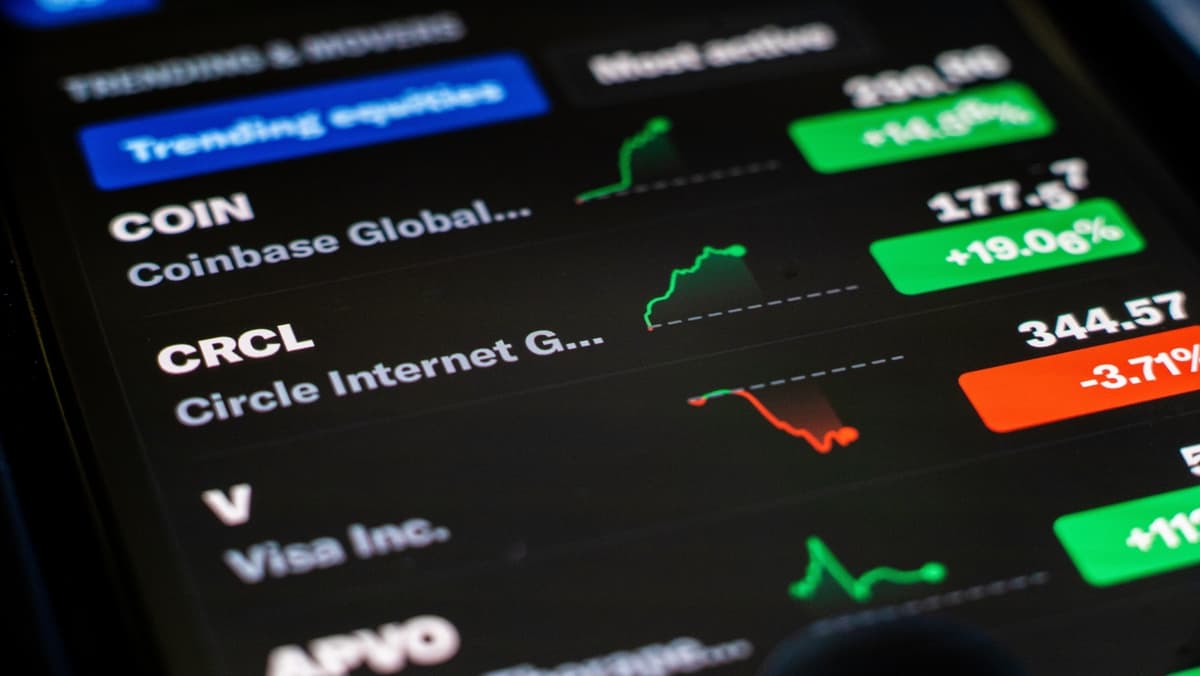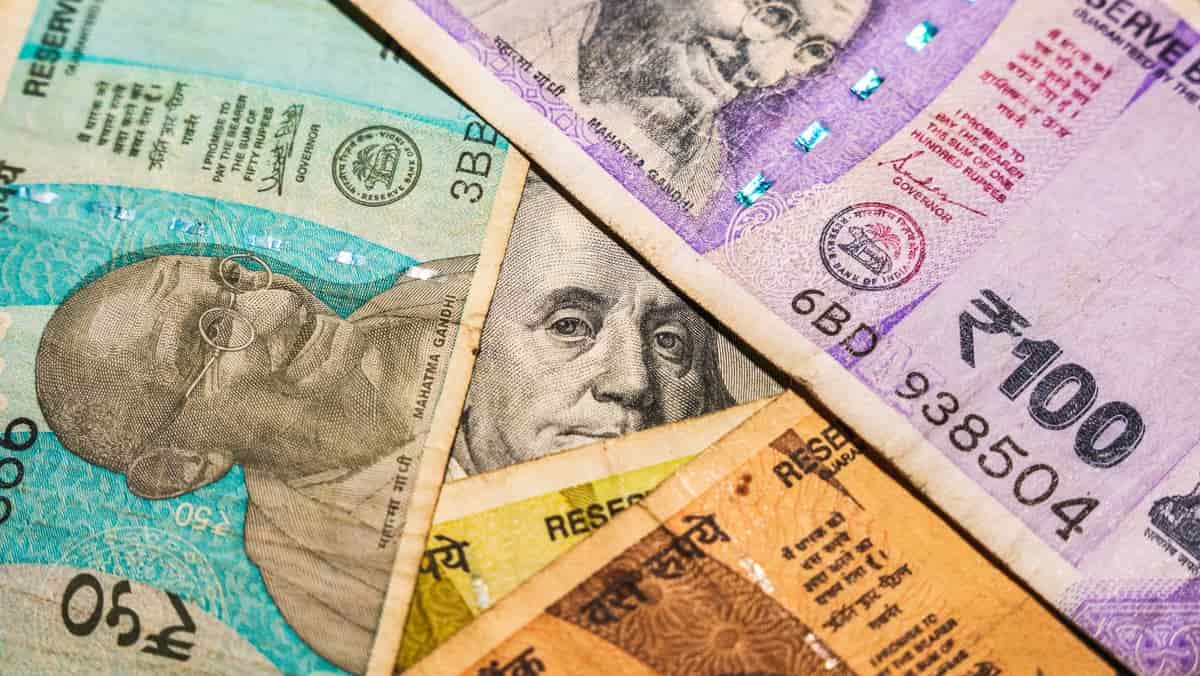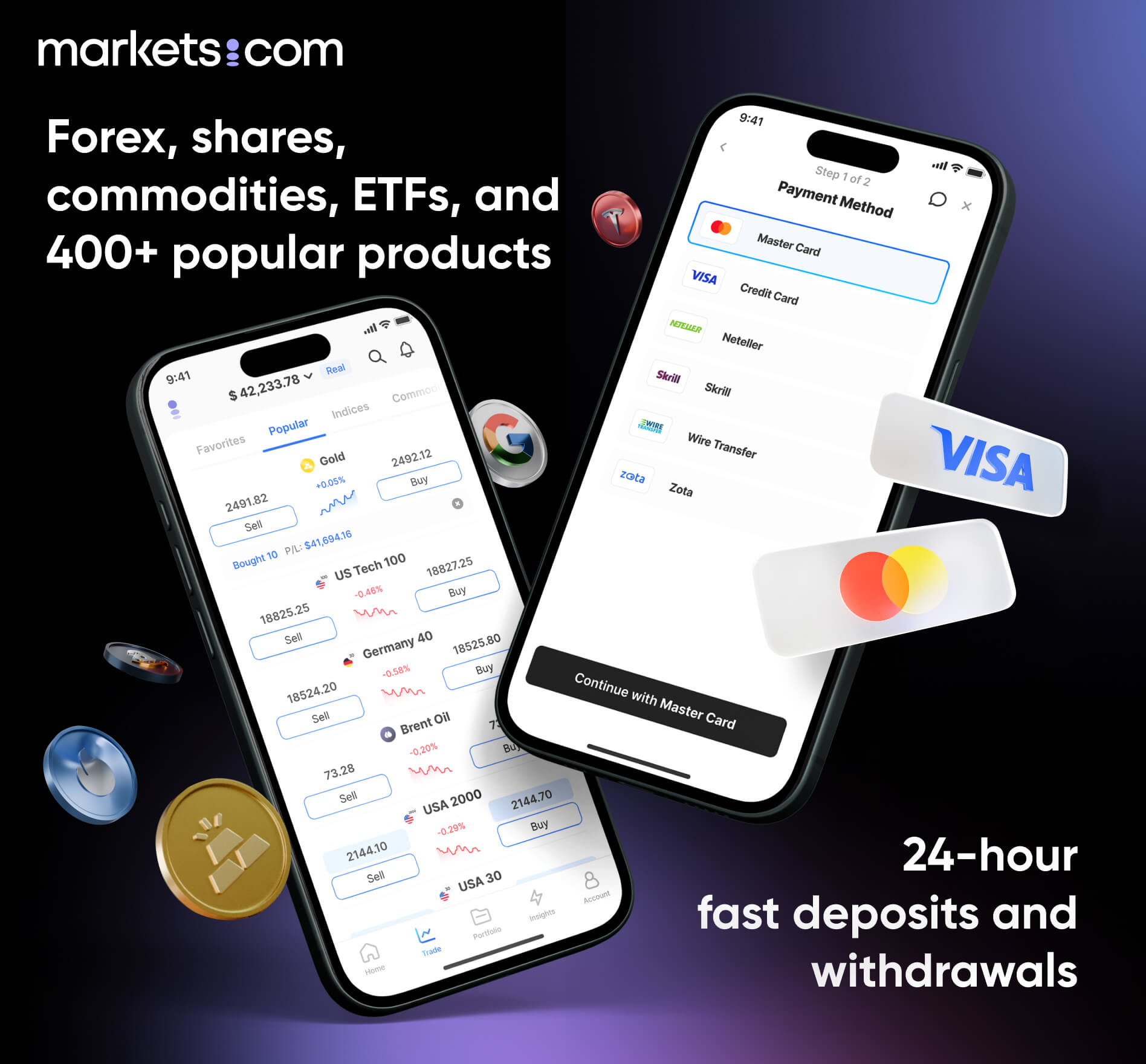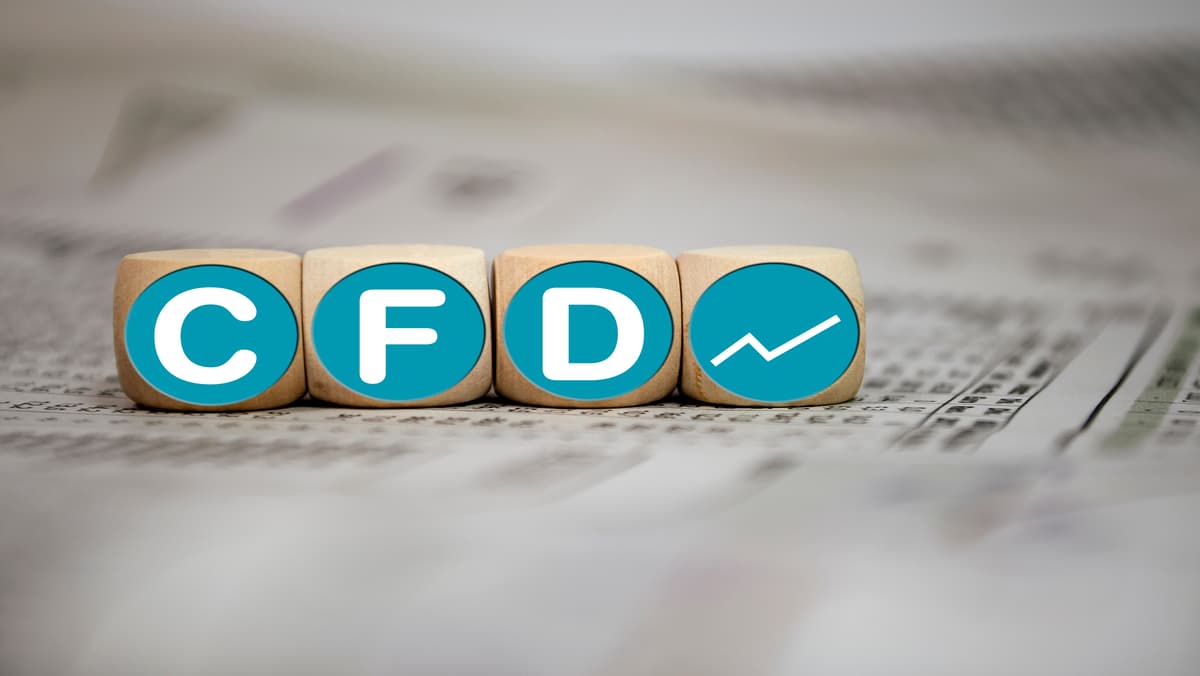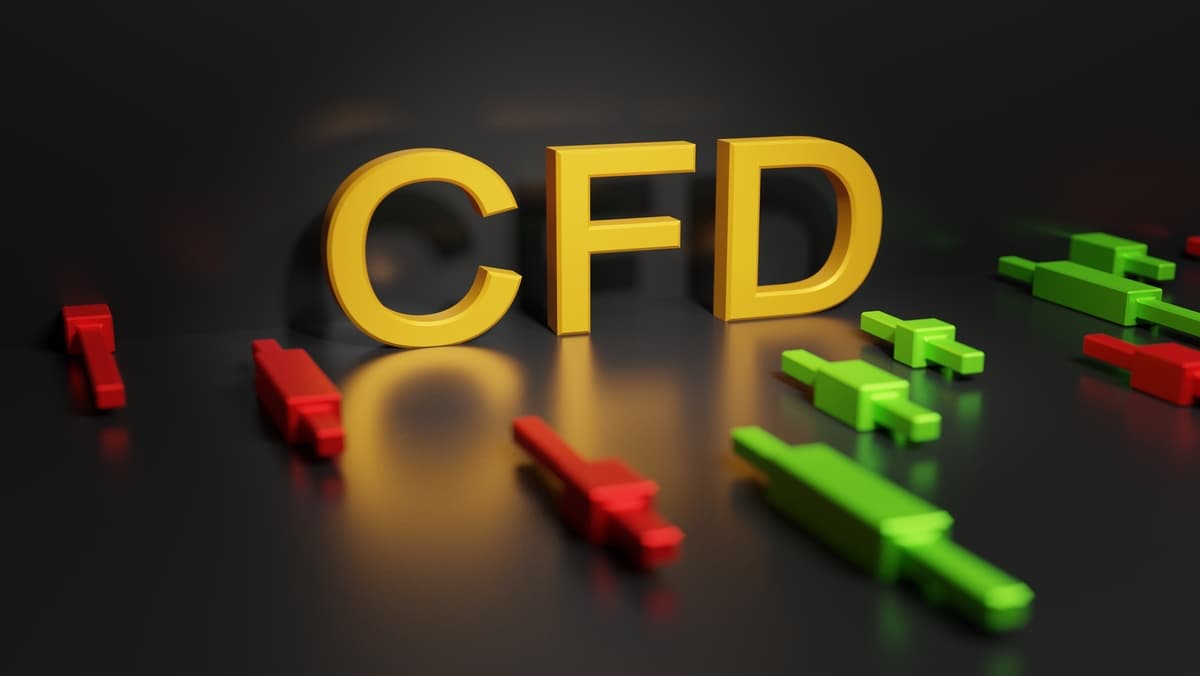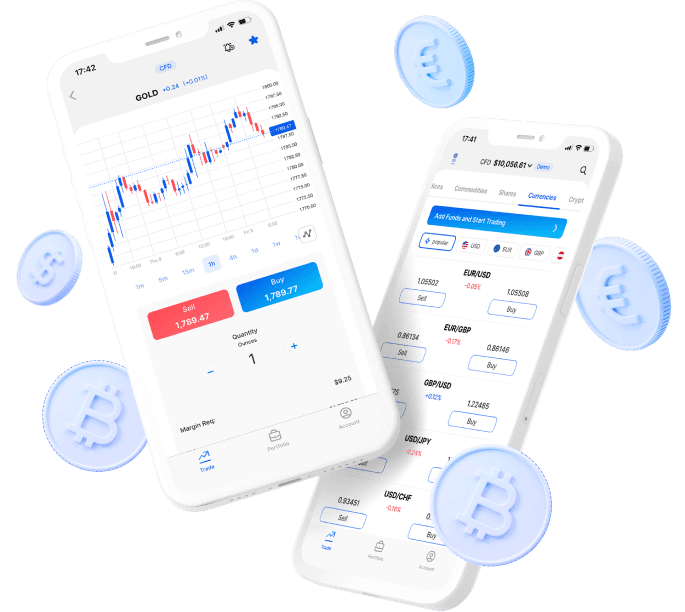Info
Overnight Interest Buy
-0.0343 %
Overnight Interest Sell
-0.0160 %
Margin
Your aggregate position in this market will be margined in the following tiers:
2
2000001-5000000 contracts
5%
3
5000001-1.0E7 contracts
10%
4
Above 1.0E7 contracts
20%
Trading Hours
Market open
Thursday - Friday
22:00 - 22:00
Sunday - Monday
22:00 - 22:00
Monday - Tuesday
22:00 - 22:00
Tuesday - Wednesday
22:00 - 22:00
Wednesday - Thursday
22:00 - 22:00
Factors that affect the forex market
Economic Indicators:
Interest Rates: Central bank policies, like rate hikes or cuts, impact currency strength. Higher rates attract foreign investment, strengthening the currency.
GDP Growth: Strong economic growth signals a robust economy, boosting currency demand.
Inflation: Moderate inflation can strengthen a currency, but high inflation often weakens it.
Employment Data: Low unemployment or strong job growth supports currency appreciation.
Trade Balance: A trade surplus (exports > imports) strengthens a currency, while a deficit can weaken it.
Monetary Policy:
Central bank actions, such as quantitative easing or tightening, influence currency supply and demand.
Forward guidance (future policy signals) affects market expectations.
Political Stability:
Stable governments and policies foster investor confidence, strengthening currencies.
Political turmoil, elections, or geopolitical conflicts can lead to currency depreciation.
Market Sentiment:
Risk-on environments (optimism) favor high-yield currencies; risk-off (fear) boosts safe-haven currencies like USD, JPY, or CHF.
Speculation and trader psychology drive short-term volatility.
Global Events:
Natural disasters, pandemics, or wars disrupt economies and currency stability.
Commodity prices (e.g., oil for CAD, AUD) impact resource-dependent currencies.
Capital Flows:
Foreign direct investment (FDI) and portfolio investments influence currency demand.
Carry trades (borrowing in low-yield currencies to invest in high-yield ones) affect exchange rates.
Market Liquidity and Intervention:
Thin liquidity (e.g., during holidays) amplifies volatility.
Central bank interventions (buying/selling currencies) stabilize or manipulate rates.
Technical Factors:
Chart patterns, support/resistance levels, and algorithmic trading drive short-term price movements.

